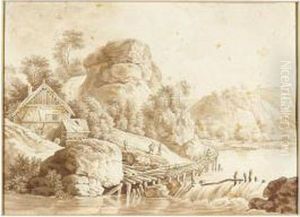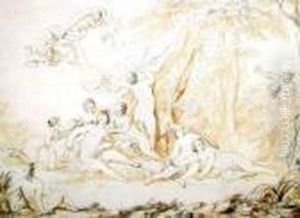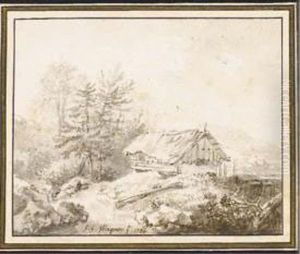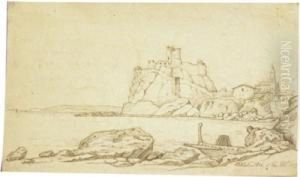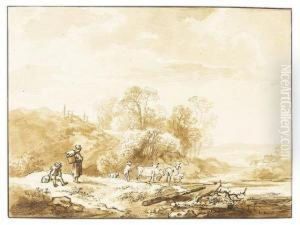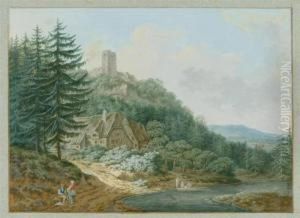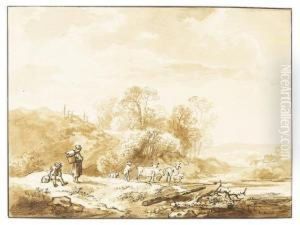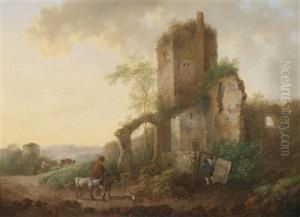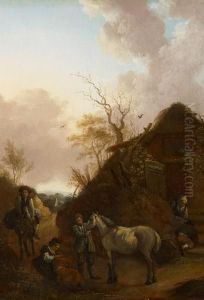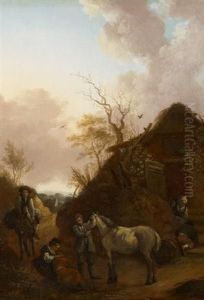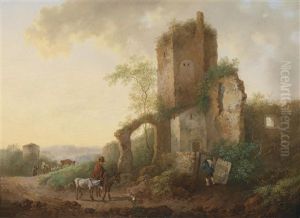Johann Georg Wagner Paintings
Johann Georg Wagner was a German painter and engraver, born in 1690, who was primarily active during the early 18th century. His work is less documented than many of his contemporaries, which means that details about his life and career are relatively sparse. Despite this, he is known to have been a part of the Baroque period in art, a movement that was characterized by dramatic expression, rich colors, and grandeur.
Wagner's work, like many artists of his time, would have included religious and historical subjects, which were popular during the Baroque era. This period was marked by a significant amount of church patronage, and artists were often commissioned to create works that inspired awe and reinforced the narratives of the church. Wagner's engravings and paintings would have been part of this cultural milieu, contributing to the visual culture of the time.
Unfortunately, there is not a robust body of knowledge about Wagner's training or the specific details of his career. It is possible that he was associated with a particular court or worked for various patrons throughout the German states. By the time of his death in 1749, Wagner would have witnessed the tail end of the Baroque period and the beginnings of the Rococo style, which took a lighter, more ornate approach to art and design. His death marked the end of a career that, while not as well-recorded as some of his peers, still contributed to the rich tapestry of 18th-century European art.
